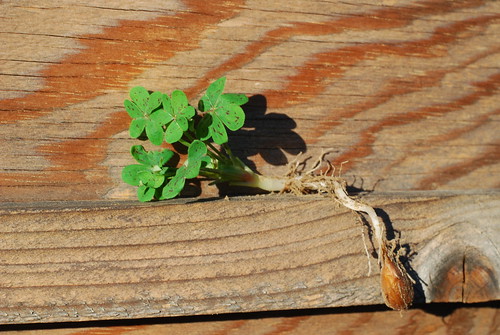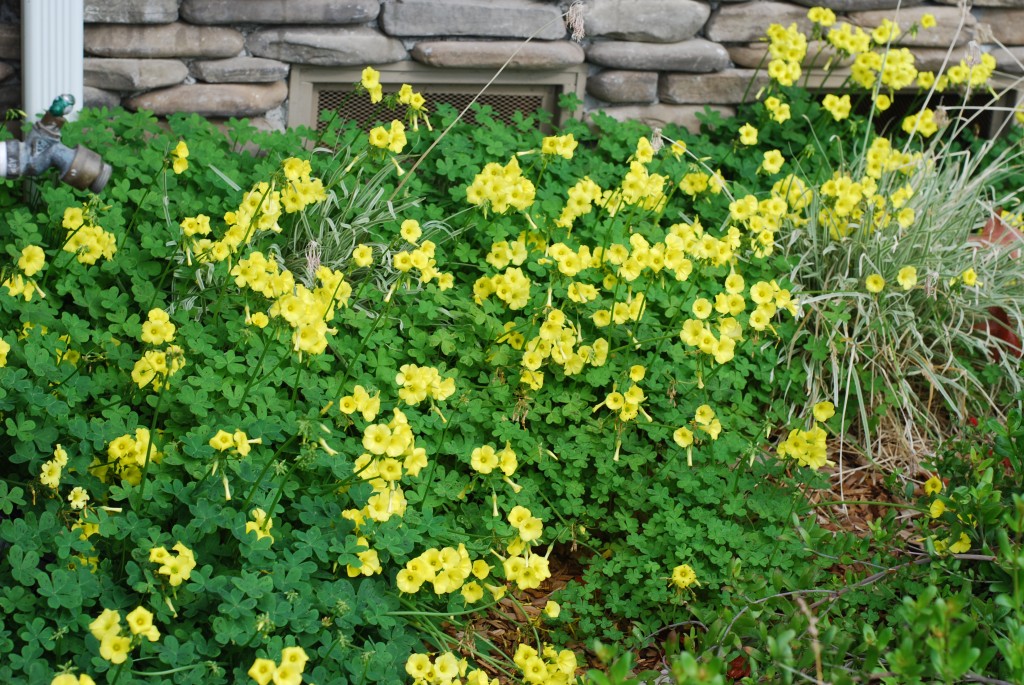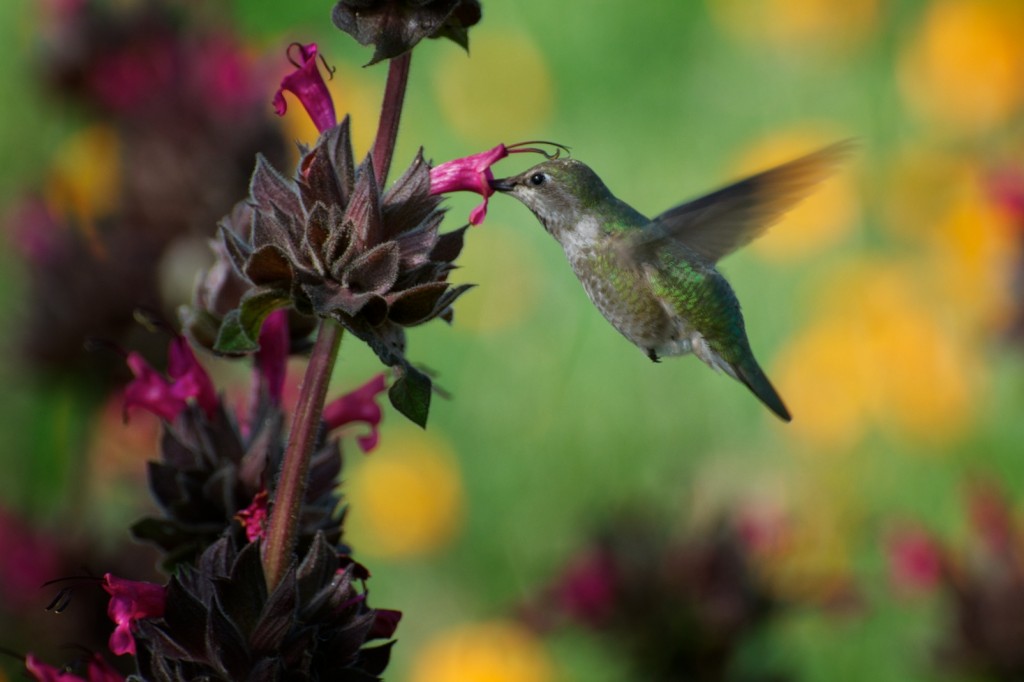Before making adjustments to your controller, please read the instruction manual completely to understand how it functions.
Although it is tempting to only set your timer once, it is important that you periodically check the moisture level in your garden to make sure that you are neither over or under-watering.
All yards require different watering. Variables like weather, shade, geographic area, and the time of year will affect how often you should water. In order to figure out how much water you need, you can do it the complicated way*, or the easy way.
The easy way
The easiest way to figure out how often to water your yard is to check the soil the day before watering is scheduled. Do this by putting your fingers about two or three inches into the soil around the base of your plants. If the soil still feels moist, or you can mold it into a ball, then you can probably extend the time between waterings. If the soil is a bit dry three or four inches down, then it likely could stand more water. The health of the plant is a good indicator how much water it is getting. The tricky thing is that over-watered and under-watered plants look the same. The difference is that over-watered plants are less likely to come back!
Other things to consider when planning your water schedule
Maturity: Newly planted native plants will require more frequent watering while they are developing an expanded root system. Remember that in nature what makes them resilient is their widespread root systems and that when we planted them, their roots were restricted to the can size. For our clients, we set a “new” schedule at the time of planting, which might last around one month. After the first month, the watering can be less frequent. In the first summer, we sometimes recommend additional hand watering, depending on your irrigation system. You can expect to lengthen the time intervals after the first and second years. Some plants can be taken off the system the third year, but not all. It depends on the plant and conditions.
Intervals: It is better to extend or lessen the day interval on the timer to rather than the amount of time the plants are watered. For example, going from 45 minutes once a week to 30 minutes once a week is not as effective in “drought-proofing” your plants as going from 45 minutes once a week to 45 minutes every 10 days.
Sample schedule
Your schedule depends on many variables so remember, THIS IS ONLY AN EXAMPLE!
- Newly planted: 30 minutes every 3 days
- First summer: 1 hour for point source emitters; 2 hours for inline grid; every 5 days
- Second summer: 1 hour for point source emitters; 2 hours for inline grid; every 10 days
- Third summer: 1 ½ for point source, 2 to 3 hours for inline grid; every 15 days
Things to Remember
It is vital to the success of your plants to periodically check the soil moisture the day before scheduled watering and adjust the irrigation timer accordingly.
Give the soil surface time to dry out between watering days; and of course, if it’s raining, you can turn off your watering system entirely or install a rain sensor.
Especially in this time of extreme drought, it is important to only give your plants the amount of water they need. By preventing your plants from being over-watered, you not only conserve water and retain the health of the plant, but you help your water bill as well.
Best,
The Natural Front Yards Team

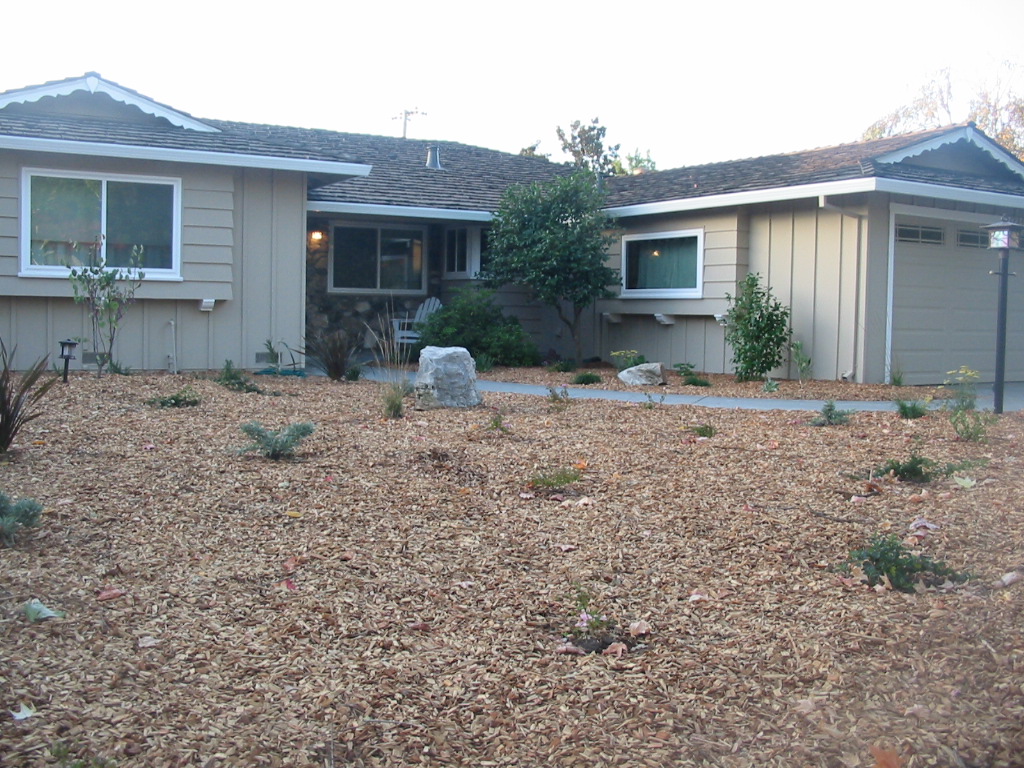
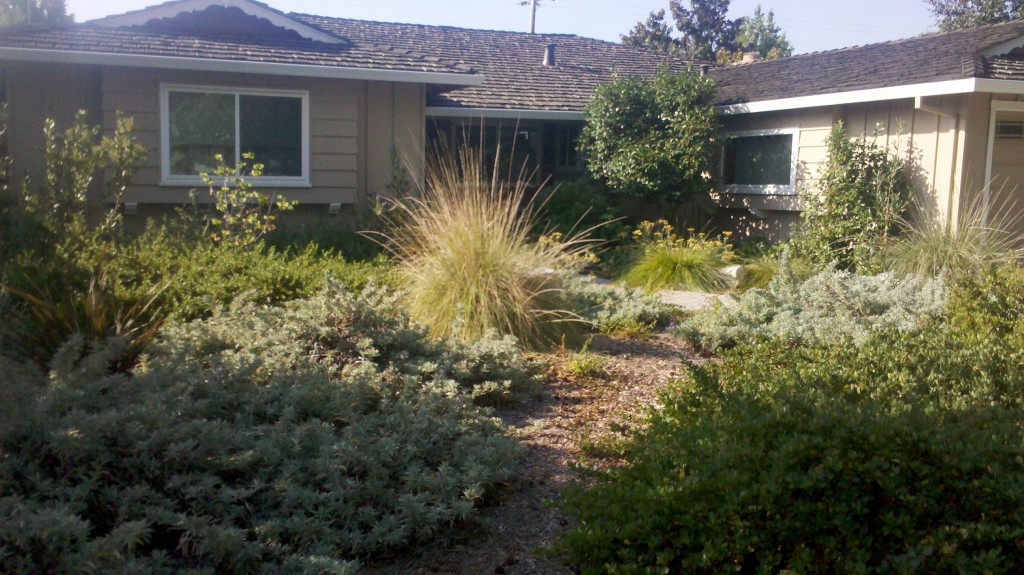

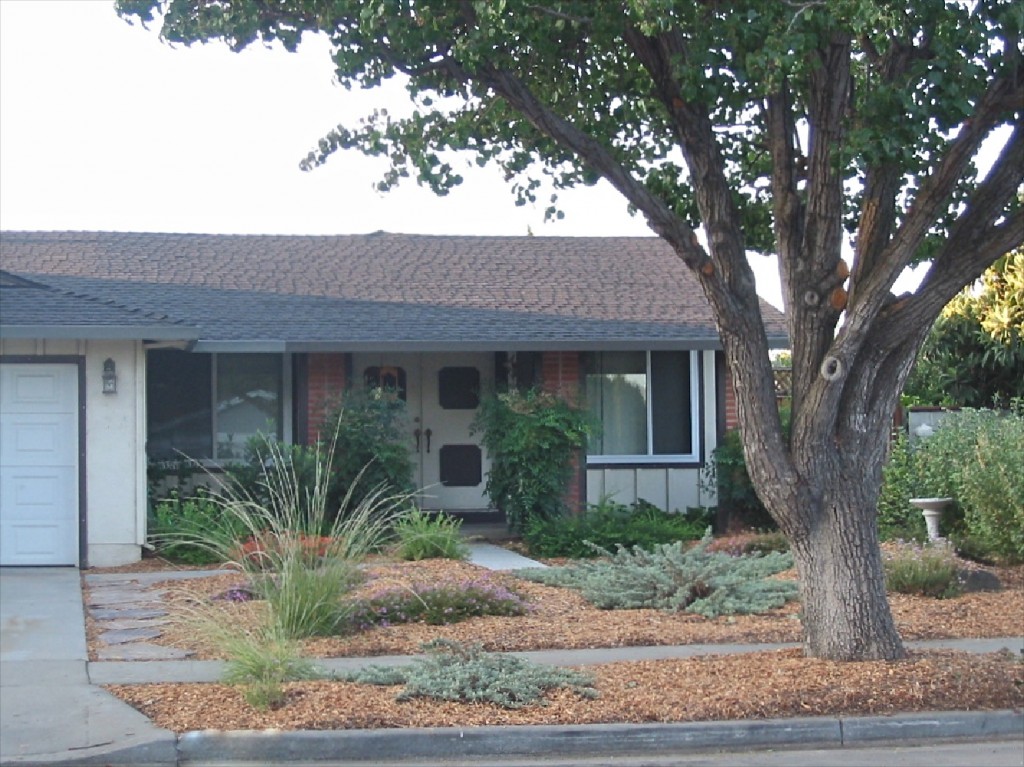
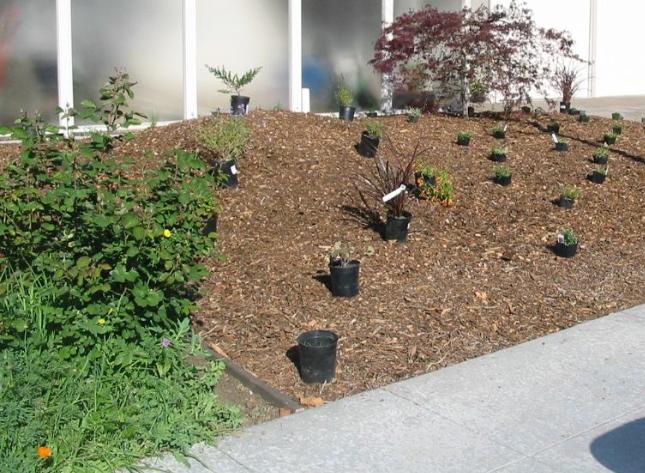
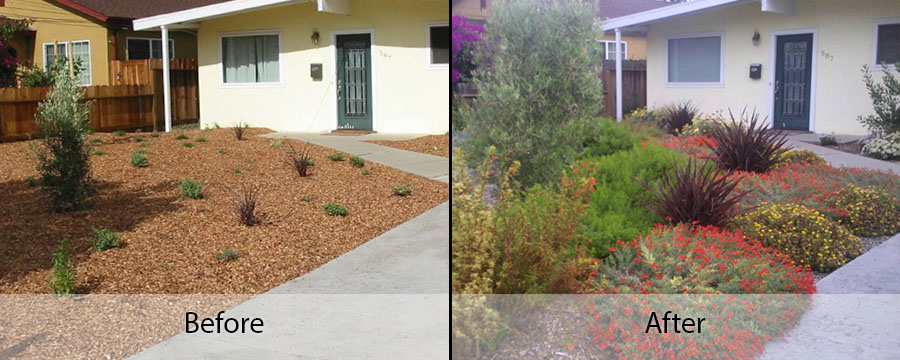
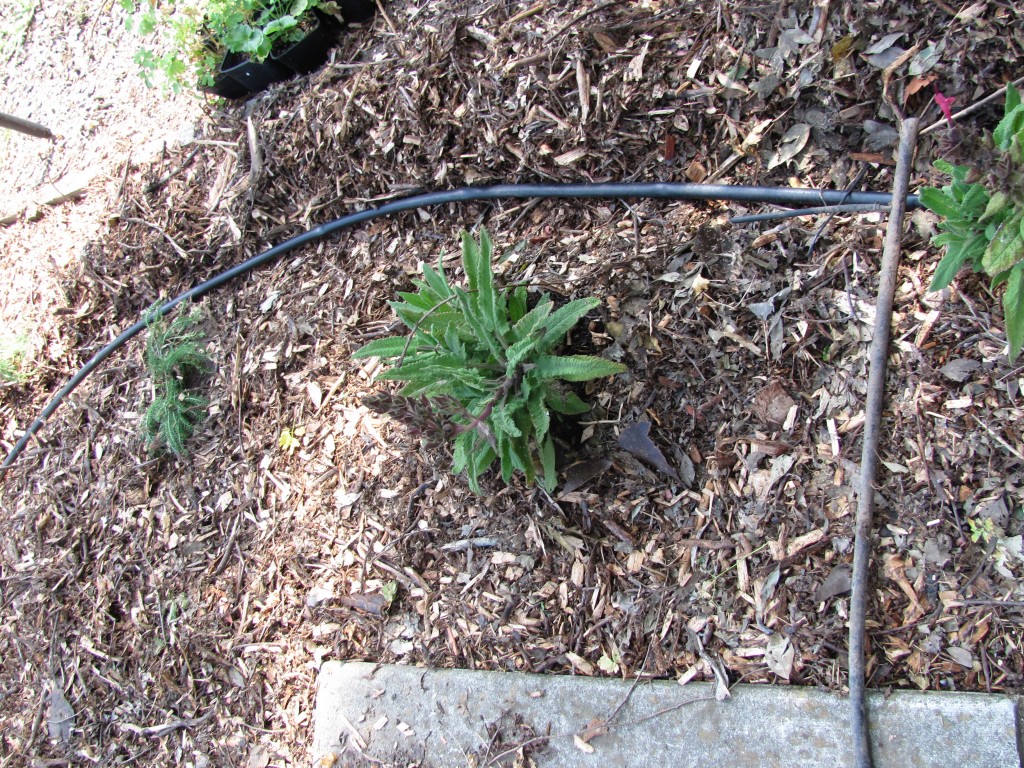
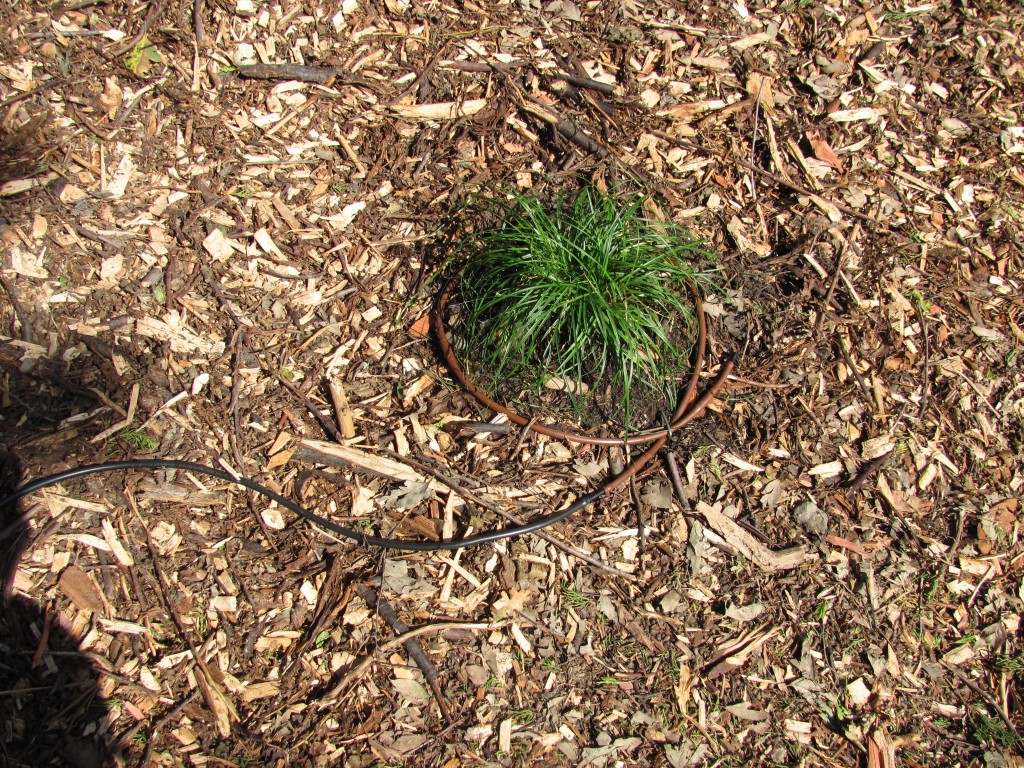
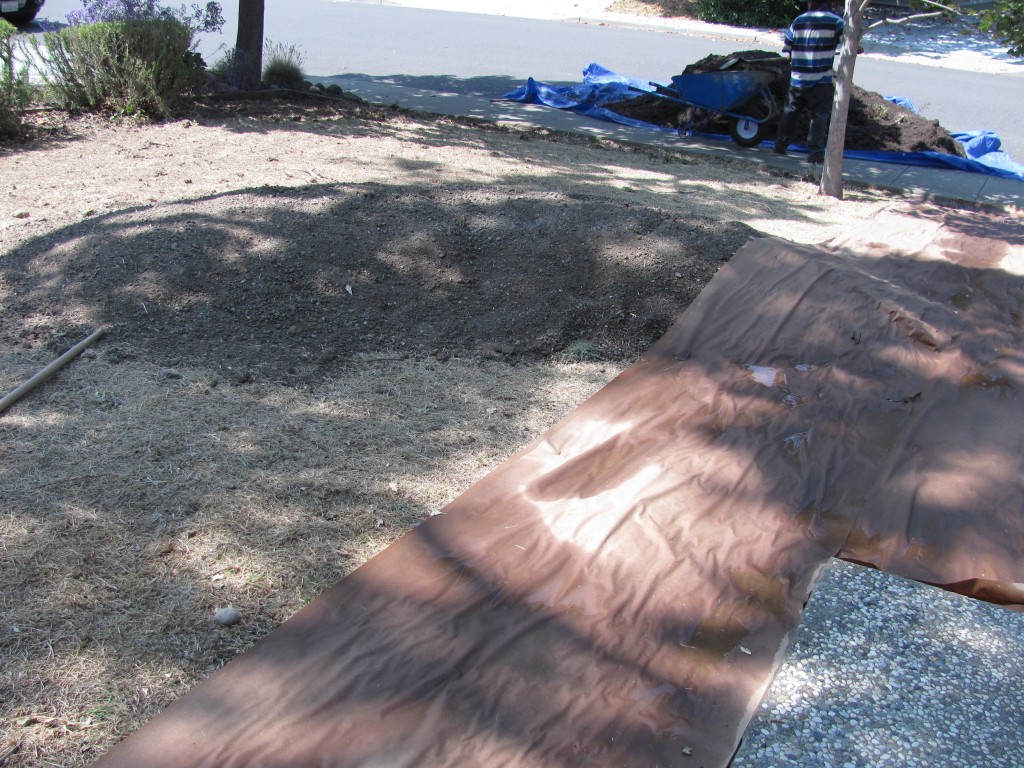
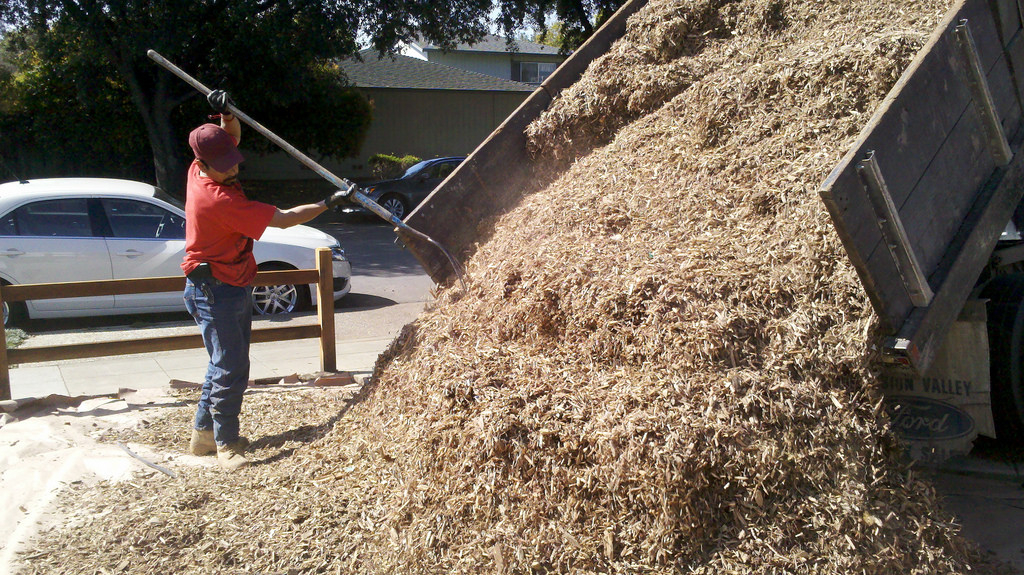
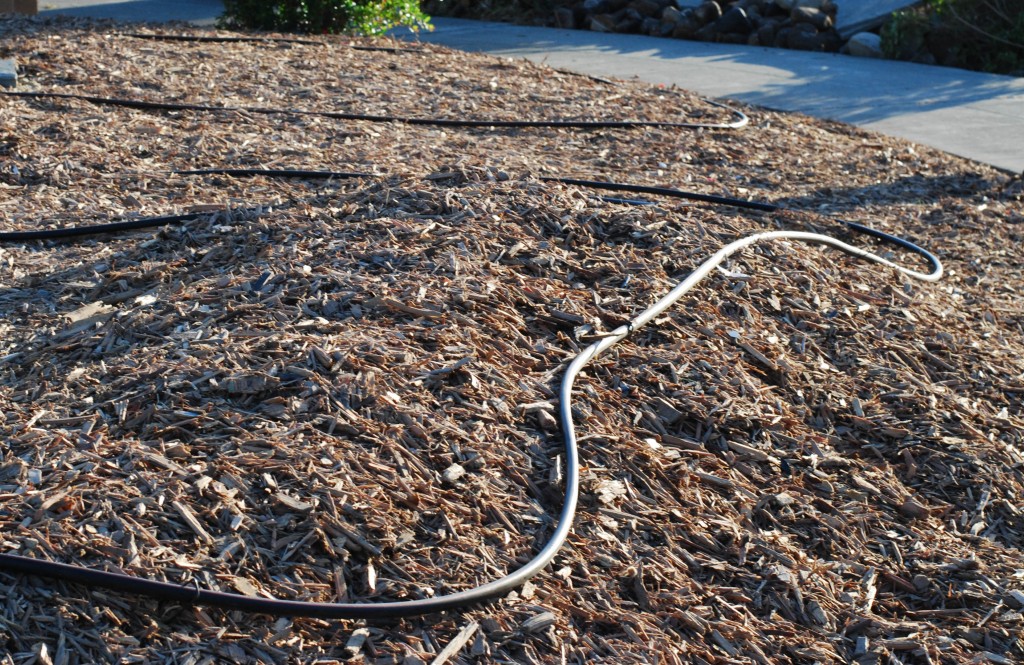
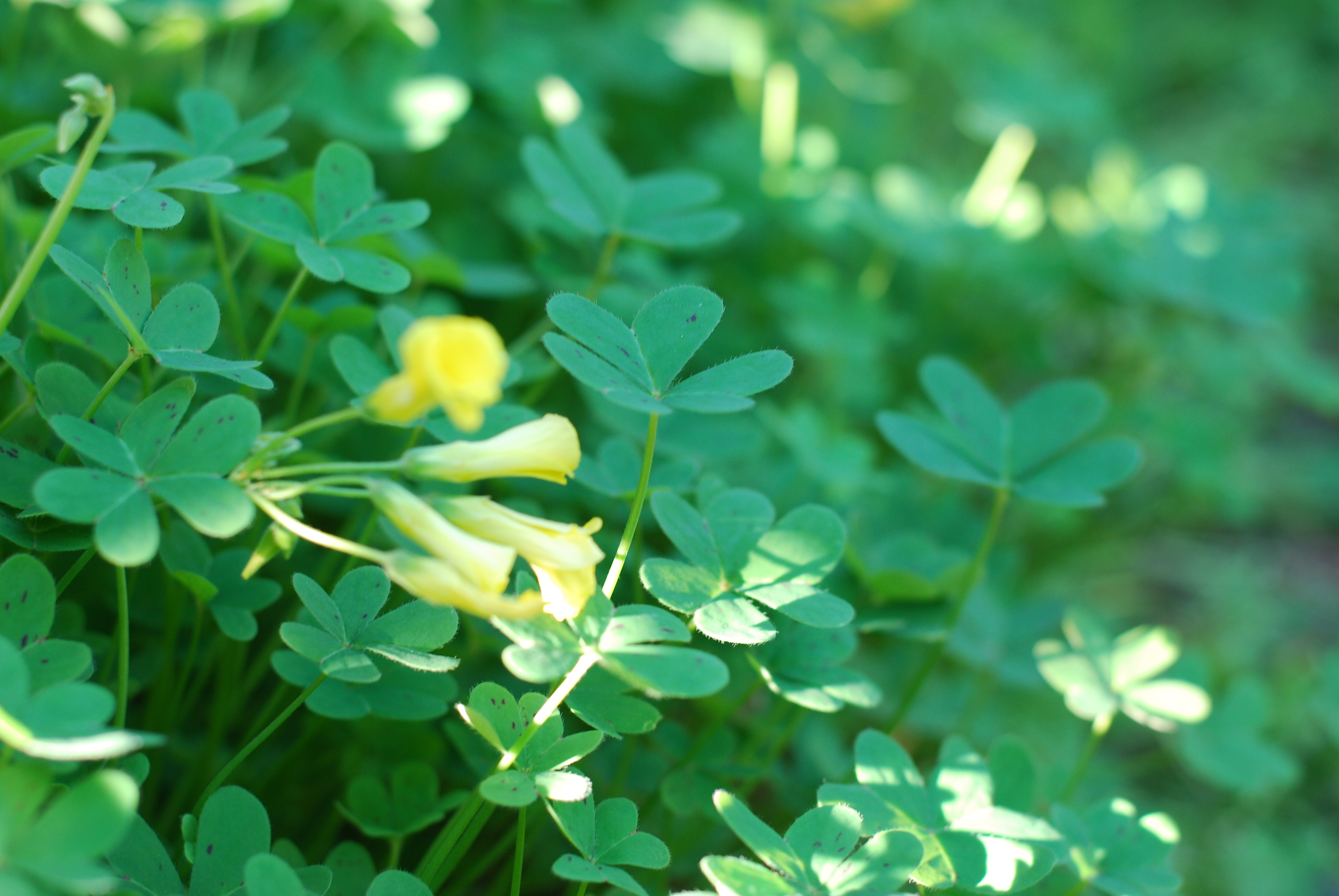 It looks like clover and has pretty yellow flowers, but it is a noxious weed called Oxalis, and it could be in your yard right now. This South African bulb can be a terrible pest because it is perfectly adapted to our Mediterranean climate, appearing with our moist warm winters and going completely dormant in the dry summer. The secret to ridding yourself of Oxalis pes-caprae is knowing the life cycle, timing, and persistence!
It looks like clover and has pretty yellow flowers, but it is a noxious weed called Oxalis, and it could be in your yard right now. This South African bulb can be a terrible pest because it is perfectly adapted to our Mediterranean climate, appearing with our moist warm winters and going completely dormant in the dry summer. The secret to ridding yourself of Oxalis pes-caprae is knowing the life cycle, timing, and persistence!